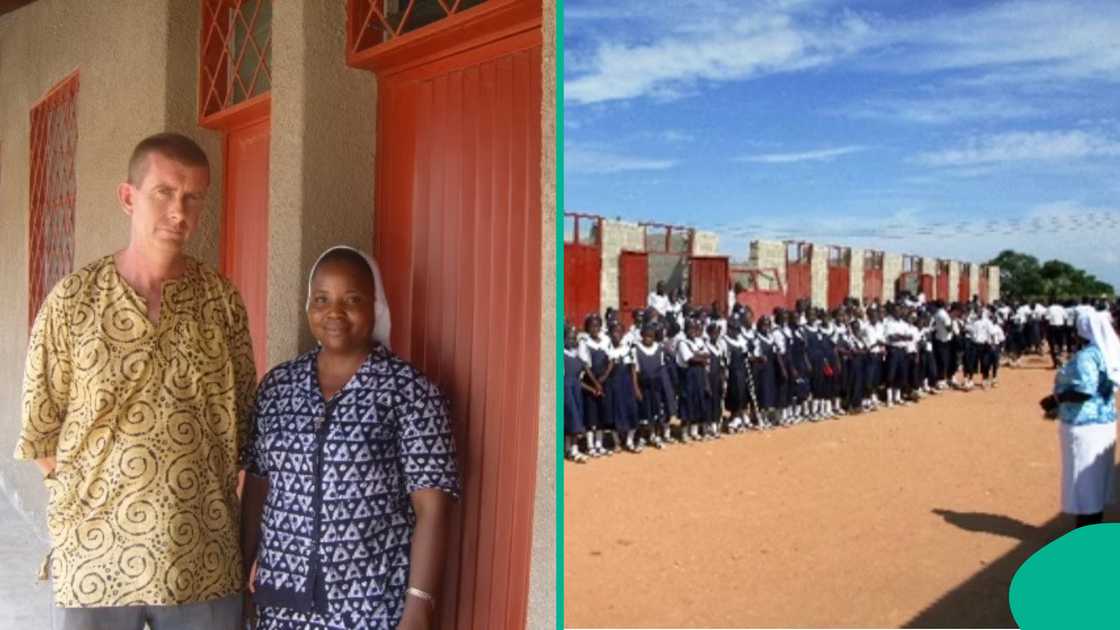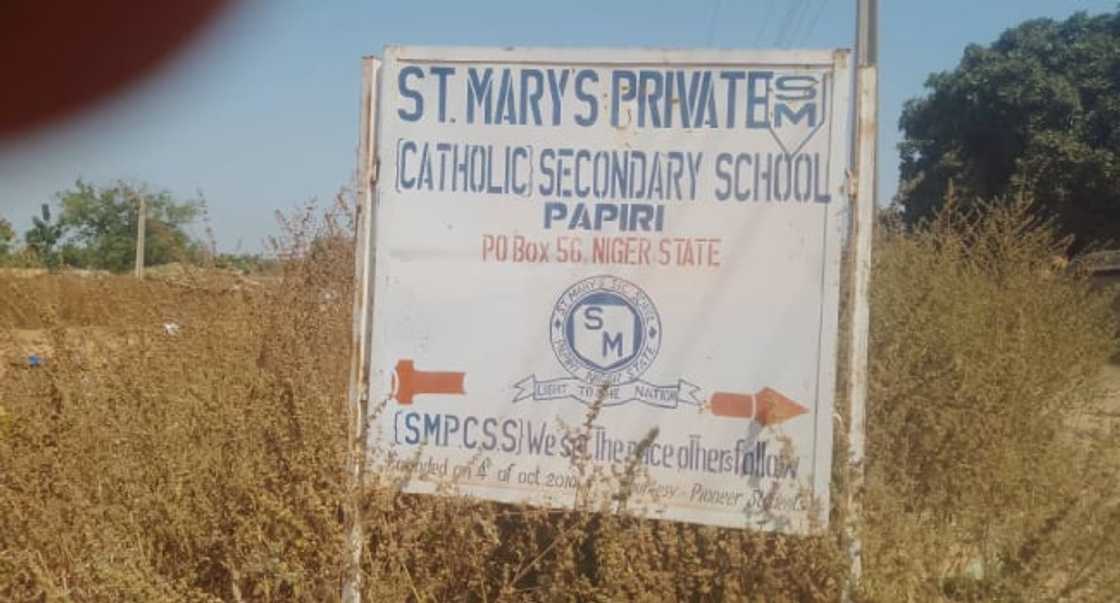Over a hundred children were kidnapped from St. Mary Catholic School in Papiri, North West Nigeria, in a large-scale kidnapping that stunned...
- Over a hundred children were kidnapped from St. Mary Catholic School in Papiri, North West Nigeria, in a large-scale kidnapping that stunned the nation.
- The institution had served as a symbol of hope for the Kamberi community, providing learning opportunities and refuge in one of Africa's most underprivileged areas.
- The narrative highlighted the fragility of rural schools and the remarkable influence that education had exerted on a community that had previously been deprived of such chances.
The kidnapping of 327 students from St. Mary Catholic School in Papiri, North West Nigeria, stunned the country and brought international focus to the fragility of schools in isolated areas.
The event underscored both the instability in the area and the remarkable impact the school had on improving the lives of the Kamberi community. Below are essential facts about the institution.

School situated in the isolated Papiri village
St. Mary's Primary and Secondary School was situated in Papiri, a village located in the remote northwest region of Nigeria.
The region lacked nearby towns or cities, and there were no paved roads. The terrain was characterized as rugged and harsh, which made reaching the school challenging.
A primary school commenced operations in May 2008.
The elementary school officially commenced operations in May 2008. This signified the start of structured learning for numerous Kamberi children who had previously been deprived of such chances.
Secondary education started in September 2010.
The secondary school welcomed its initial cohort of students in September 2010. This growth allowed children to pursue their studies past the primary stage without having to leave their neighborhood.
Built through Irish support
The educational institution was constructed as a result of the joint efforts of Fr. Donall Cathain, an SMA priest from Cork, Rowan Hand from Newry, and supporters from Newry and throughout Ireland. Their support enabled learning opportunities in one of Nigeria's most underprivileged areas.
Serving the Kamberi people
Father Donall had dedicated two decades to serving the Kamberi community in Niger State. The Kamberi were considered some of the most impoverished groups in Africa, lacking consistent access to education over the years. The school provided a crucial support system for their children.
The agricultural way of life of Kamberi families
The Kamberi people sustained themselves through agriculture. They were partially nomadic, relocating frequently, felling and burning trees prior to cultivating their crops. Their dwellings consisted of huts constructed from mud, branches, and grass, offering a refreshing refuge during the intense summer temperatures.
Hunger for education
Education became accessible to the young Kamberi community, who displayed an exceptional desire to learn. Observers observed that within one generation, these children had the potential to become doctors, nurses, teachers, engineers, priests, nuns, and leaders in Nigeria.
Accommodation for pupils
Since numerous children resided hundreds of miles apart, dormitory buildings were constructed to accommodate them throughout the academic term. Students were provided with a fresh uniform, an individual bed, three simple meals each day, and assistance from Sr. Paulina and the team.

£43,000 raised in 2010
In 2010, a total of £43,000 was collected for the school. This money was utilized to construct both the primary and secondary school buildings, providing the Kamberi children with opportunities for quality education.
The kidnapping of 327 children from St. Mary Catholic School highlighted the dangers encountered by schools in isolated Nigerian areas.
However, the institution remained a symbol of hope, providing education, shelter, and chances to some of the most vulnerable children across Africa. Its narrative highlighted the fragility and strength of education in areas where learning had previously appeared unattainable.
List of all 90 Chibok girls still being held captive
Articlepedia Today.ngPreviously, it was reported that eleven years after Boko Haram abducted 276 schoolgirls from Chibok in northeastern Nigeria, 90 of them are still unaccounted for or held captive, according to the UN Committee on the Elimination of Discrimination against Women (CEDAW) and the EnoughisEnough (EiE) Initiative.
EiE shared the complete list of names on Facebook in April 2025, bringing renewed public attention to the girls' situation.



